By increasing green electricity consumption and purchasing green certificates, data centers can improve their low-carbonization level and simultaneously support the development of renewable energy.
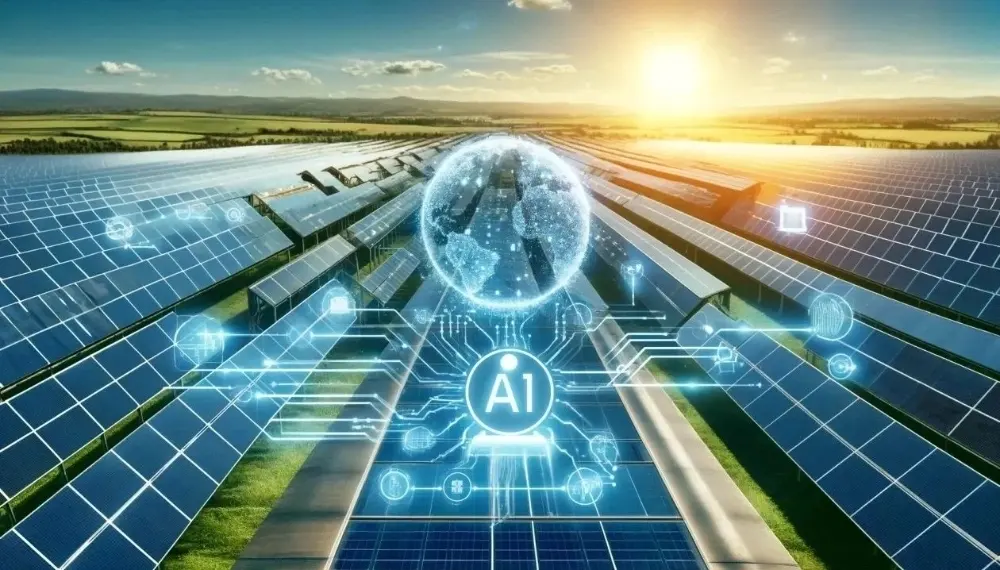
Recently, the International Energy Agency released the “Global Energy Assessment” report (hereinafter referred to as the “Report”), predicting that global energy demand is growing at a faster rate than expected, and the electricity demand driven by the construction and development of data centers and the deployment and application of artificial intelligence (AI) has become the main driving force for the growth of electricity demand. It is worth noting that the “Report” points out that fossil fuel power generation still accounts for nearly 60% of the global electricity supply. Will the AI industry, which is labeled as “high energy consumption”, further increase carbon emissions in the power generation field? How can this emerging industry achieve green development in the general trend of low-carbon energy transformation?
High energy consumption is not ungreen
The report shows that before 2023, the electricity consumption demand of developed economies around the world generally showed a downward trend, but in 2024, the electricity demand of developed economies increased by 230 terawatt hours, and the increase in electricity demand in the United States was particularly obvious. The reason is that it is the demand for computing power and cooling electricity in data centers. The same phenomenon also occurred in EU countries and Australia, and electricity demand also increased.
The huge demand for electricity and rapid industrial expansion have resulted in AI-related industries being labeled as “energy-intensive”.The report believes that the global power generation capacity due to data center construction will increase by about 20% in 2024. From traditional high-energy-consuming industries to emerging industries such as AI, computing power, and data centers, structural changes have occurred in the consumer end of the global power system.
However, the development of the AI industry does not necessarily lead to electricity shortages or even increased carbon emissions. In the industry’s view, allowing AI to use “green electricity” may be the key to solving this problem.
“For new data centers, reasonable site selection based on the national strategy of ‘Eastern Data and Western Computing’ can basically achieve direct supply of green electricity and increase the proportion of green electricity from the source.” Niu Kai, chief energy and power expert at Tencent IDC, told China Energy News, “For existing data center projects, gradually increasing the proportion of green electricity procurement, building small distributed wind, solar and storage projects outside the data center park, and integrating source, grid, load and storage are all feasible means of reducing carbon emissions for data centers at present.”
Li Xindi, director of the Energy Transformation Project and senior analyst at the Green Innovation and Development Research Institute, believes that at present, my country has proposed to build a green certificate consumption mechanism that combines mandatory consumption with voluntary consumption. As a key area of ”new infrastructure” and a major electricity consumer, data centers are listed as key industries for promotion. By increasing the level of green electricity consumption and purchasing green certificates, data centers can improve the level of low carbonization and simultaneously promote the development of renewable energy.
Providing new means to improve energy efficiency
In addition to reducing carbon emissions through power supply, continuous technological innovation is also seen as a solution to alleviate the AI industry’s “carbon anxiety.” The International Energy Agency pointed out that although the scale and number of data centers around the world are growing rapidly, the energy efficiency improvement of AI industry-related software and hardware can also alleviate the increase in energy consumption.
In recent years, AI-related computer chips have basically doubled their efficiency every two to three years. According to the International Energy Agency, the power consumption of contemporary AI-related chips with the same computing power has dropped by about 99% compared with 2008. In the industry’s view, if AI computing power can be matched with the real-time carbon emission level of electricity during the operation of data centers, and computing power is mobilized to give priority to using electricity during low-carbon periods, it may further highlight the carbon reduction effect.
“Although the absolute value of the electricity consumption growth brought about by the development of the AI industry is very high, it still accounts for a relatively small proportion in the overall power capacity supply system. According to current industry forecasts, the electricity consumed by AI-related industries may only account for about 3% of the total power supply capacity. Even by 2030, this figure may increase to 5%. It will not cause a significant impact on either local power supply or overall carbon emissions levels. my country’s power grid is sufficient to support its steady development.” Niu Kai further pointed out.
At the same time, the application of AI technology in various industries also brings new carbon reduction solutions to traditional high-energy-consuming industries, and the means of improving energy efficiency have become more diverse due to AI.
Miao Ren, head of Beijing Shuji Intelligent Technology Co., Ltd., told a reporter from China Energy News that currently, high-energy-consuming industries are facing multiple pressures such as carbon emissions in the supply chain and energy consumption costs. Low carbon will become the key to the survival and development of enterprises. If the green development needs of enterprises can be organically combined with digital technology, space for energy conservation and carbon reduction can be found, and carbon accounting and energy optimization can be performed in a more efficient and accurate way. Taking the traditional air compressor station system as an example, once it is endowed with “wisdom”, the abnormal warning time of the equipment can be shortened to less than 10 minutes, reducing the operating costs of related links by nearly 60%.
It is the right time to build a standard system
The International Energy Agency believes that as the role of data centers in the power system becomes increasingly important, policymakers and regulators in various countries should act faster and quickly form corresponding mechanisms to understand this growth in demand and minimize potential risks in the development of this emerging industry.
Chen Bo, director of the Digital Finance Research Center of the Central University of Finance and Economics, said that it is crucial to establish relevant standards in the AI industry in a timely manner. “The introduction of AI technology in areas such as energy and climate will bring fundamental changes to the industry. This means that the development of AI technology requires not only upgrades, but also system changes. At present, the application of AI technology has covered all aspects such as software and hardware, and establishing unified standards will be a major challenge.”
Miao Ren also emphasized that the foundation of AI is inseparable from massive data. At present, different parks and regions have different exploration progress in data accumulation and data interaction. There are also differences in data interaction and sharing at home and abroad. Overall, the development of AI-related fields must form unified standards, which requires joint efforts from all industries.
In order to accelerate the construction of a standard system that meets the high-quality development of the artificial intelligence industry and the high-level empowerment needs of “artificial intelligence +”, in July last year, the Ministry of Industry and Information Technology and other four departments issued the “Guidelines for the Construction of the National Artificial Intelligence Industry Comprehensive Standardization System (2024 Edition)”, which clearly stated that by 2026, the linkage level between my country’s standards and industrial scientific and technological innovation will continue to improve, and more than 50 new national standards and industry standards will be formulated, leading the standard system for high-quality development of the AI industry to accelerate its formation. The “Special Action Plan for Green and Low-carbon Development of Data Centers” issued last year also pointed out that it will accelerate the formulation of energy-saving and carbon-reduction standards such as unit computing power efficiency, waste heat utilization, and renewable energy utilization of data centers, as well as energy efficiency standards for servers, storage devices, network switching equipment, power supply systems and equipment, refrigeration systems and equipment. The industry generally believes that the accelerated promotion of various industry policies will accelerate the construction and improvement of the standard system of my country’s artificial intelligence industry, and provide strong support for supporting and guiding the high-quality development of my country’s AI industry.


